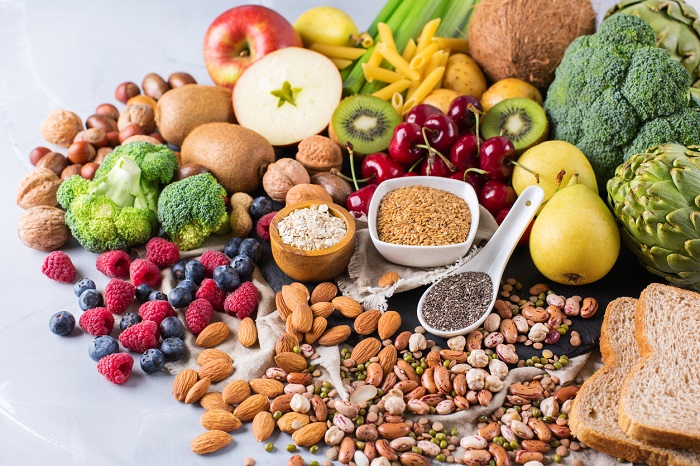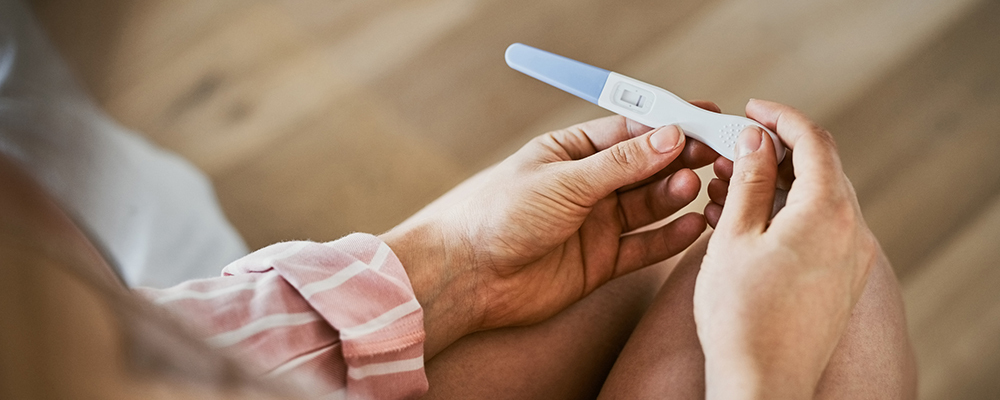You know when it’s supposed to be that time of the month but your period is missing. We all go through that dread at some point. But if irregular periods are a regular feature in your life, you need to take action. An erratic menstrual cycle is one of the hallmark symptoms of Polycystic Ovarian Syndrome (PCOS). To understand what causes this hormonal disorder, you must get to know the hormones that regulate this cycle.
Going with the flow
The menstrual cycle is a highly coordinated series of hormonal changes that prepares our body each month for pregnancy. Hormones are substances released into the bloodstream to tell another organ to do a specific function. Several hormones work together to release an egg or ‘oocyte’ from the ovary (called ovulation) every month. The egg then travels down the fallopian tube to meet a sperm cell to make an embryo. This process is called fertilisation.
Next, the newly formed embryo moves to the uterus where it implants into the lining called the endometrium. Before the embryo implants, your hormones also send signals to the endometrium to make it grow thick and full of nutrients to receive the new embryo. When fertilisation doesn’t take place, the body realizes this when the unfertilised egg reaches the uterus and it sheds the thickened lining, and that’s what we see every month as bleeding.
At any given time, your body’s hormones are in a state of flux. Some hormones are rising while some are dropping.
Oestrogen
- Main female reproductive hormone
- Produced by the ovaries
- Vital in puberty, menstruation, menopause, and pregnancy. Also vital for cardiac health, the brain, skin, hair, and urinary tract
- In the menstrual cycle, it helps an egg or follicle mature and develops the uterus’s lining every month
Progesterone
- Another primary female hormone
- Released after ovulation during the luteal phase or second half of the menstrual cycle
- Its role is to prepare the lining of the uterus for a fertilised egg
- When it decreases, it causes the shedding of the uterine lining
- Responsible for some of the PMS symptoms such as cravings, bloating, and skin changes
Luteinising hormone
- Released by the anterior pituitary gland (a small gland in the brain)
- A rise or surge in this hormone mid-cycle is what causes ovulation
- Depending on the time of the test, this hormone is usually abnormal during PCOS
Follicle stimulating hormone
- Released by the anterior pituitary gland
- Its function is to stimulate multiples follicles in the ovaries to release oestrogen and prime them for ovulation
- This hormone is abnormal in PCOS
Testosterone
- Although this is a primary male reproductive hormone, women need this in small amounts
- Produced by the adrenal glands and ovaries
- Vital for sexual desire, regulating the menstrual cycle and bone and muscle strength
- Often abnormal in PCOS
Which hormones are abnormal in PCOS?
Increased ratio between LH and FSH – This is the chief abnormality in PCOS that leads to irregular periods. FSH is normal so that lots of follicles develop, but LH doesn’t surge because it is abnormally high. Therefore, the ovary is filled with not fully mature follicles, leading to its ‘polycystic’ appearance. As the LH doesn’t surge, ovulation doesn’t occur. And when ovulation doesn’t take place, the period is skipped.
Increased testosterone – This causes excessive hair in places where, traditionally, men have hair – sides of the face, upper lip, neck, chin, and body. It also causes hair loss in a male balding pattern. Other male hormones also increase, further causing fat to deposit around the belly and contribute to insulin resistance.
There are also other hormones like oxytocin, insulin and thyroid hormones, with different vital functions in the body. Now that you are familiar with your reproductive hormones, you are closer towards understanding of your fertility and reproductive health.
Want to know more about PCOS or have an urgent query? Book an appointment with Veera’s expert panel of doctors today.



















